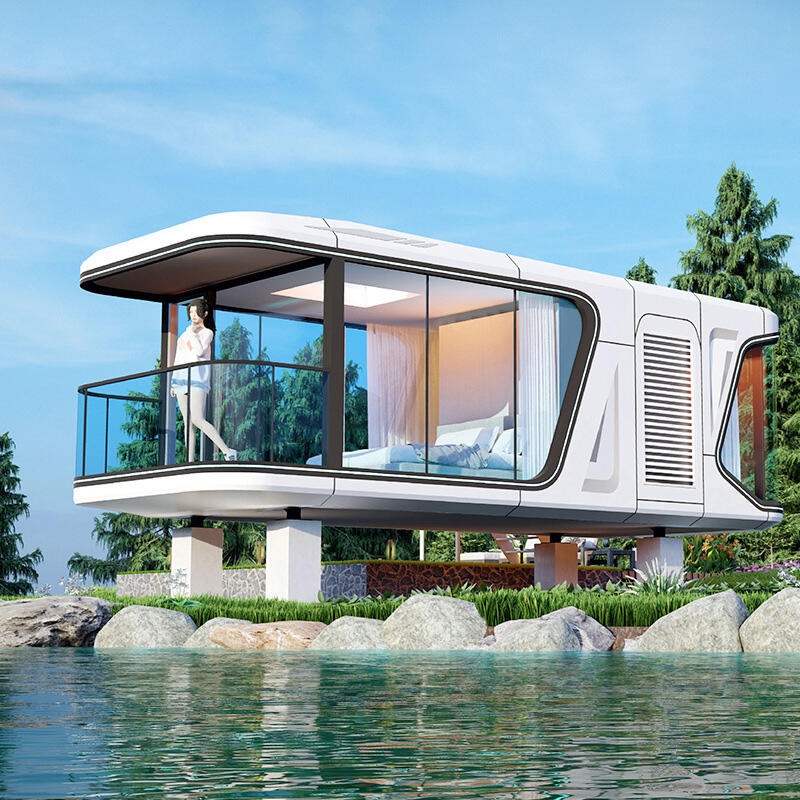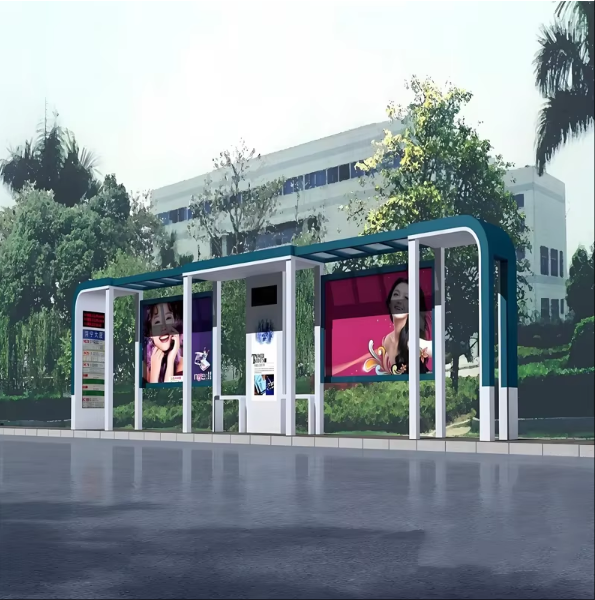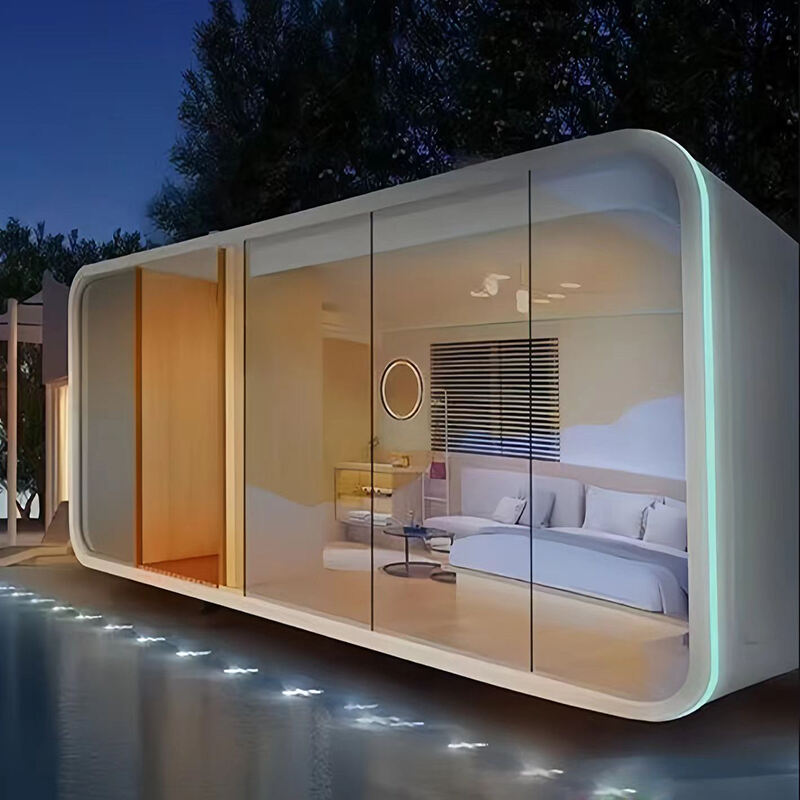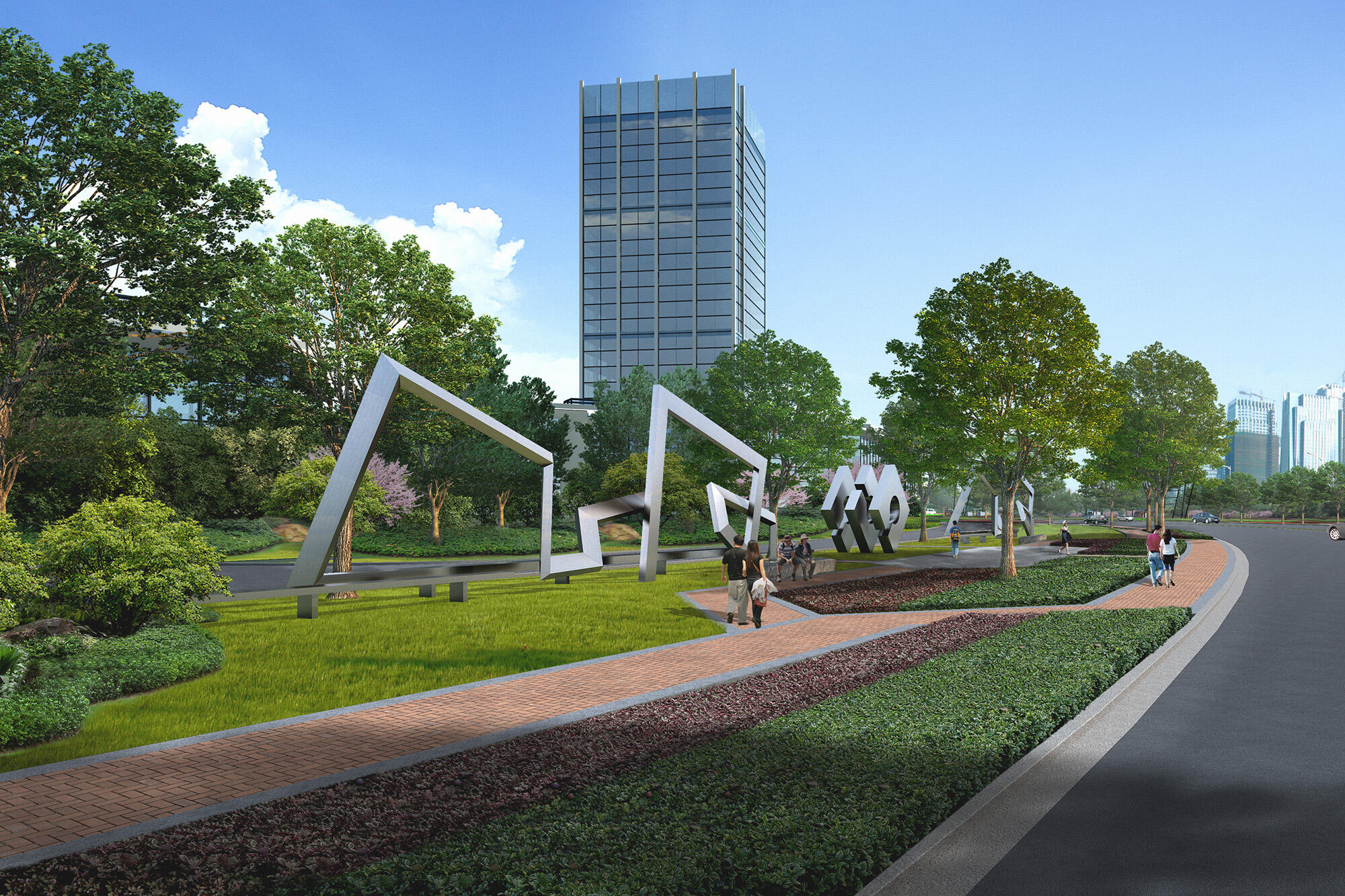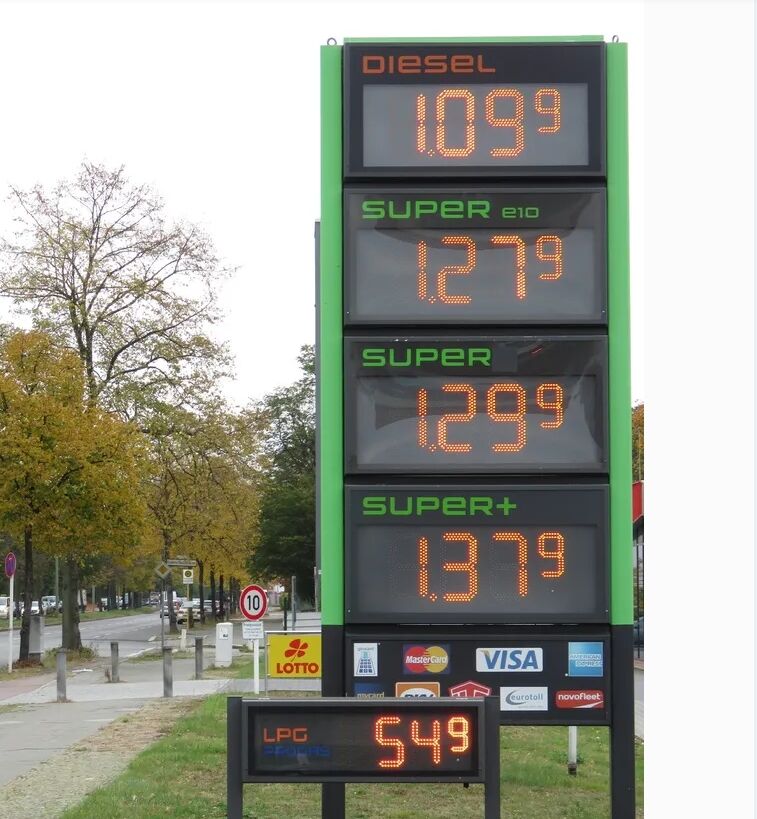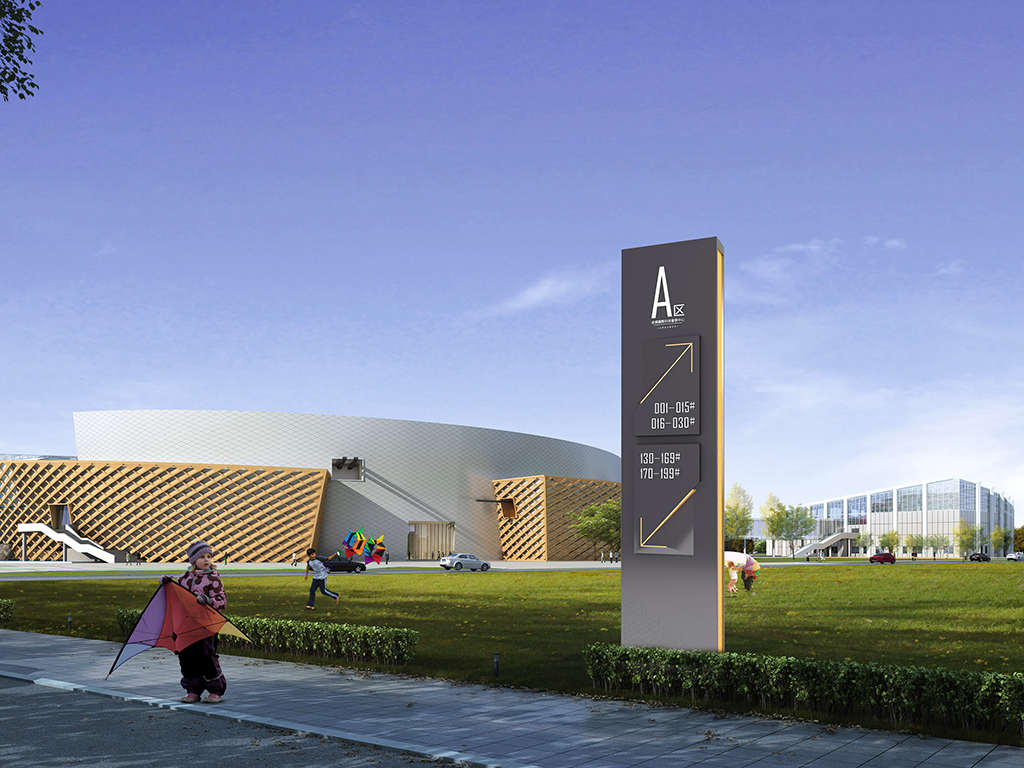गैस स्टेशन टॉवर्स: कार्यक्षमता और सौंदर्य अपील का संयोजन
## गैस स्टेशन टावरों का परिचय
## गैस स्टेशन टावरों की परिभाषा और महत्व
## गैस स्टेशन टावर, जिन्हें अक्सर उपयोगितावादी संरचनाओं के रूप में देखा जाता है, वर्षों में काफी विकसित हुए हैं। ये वास्तुशिल्प उपलब्धियां गैस स्टेशन के भीतर कार्यात्मक तत्वों के रूप में कार्य करती हैं, जो संकेत, आश्रय और सौंदर्य enhancements प्रदान करती हैं जो ग्राहकों को आकर्षित करती हैं। आज के प्रतिस्पर्धी बाजार में, गैस स्टेशन टावरों का डिज़ाइन अत्यंत महत्वपूर्ण है, क्योंकि यह ब्रांड पहचान और ग्राहक अनुभव में योगदान करता है।
## गैस स्टेशनों में डिज़ाइन की विकसित होती भूमिका
## ऐतिहासिक रूप से, गैस स्टेशन केवल कार्यात्मक संस्थाएँ थीं जो वाहनों को ईंधन भरने के यांत्रिक पहलू पर केंद्रित थीं। हालाँकि, बदलती उपभोक्ता अपेक्षाओं के साथ, गैस स्टेशन का डिज़ाइन ऐसे कलात्मक तत्वों को शामिल करने लगा है जो दृश्य अपील को बढ़ाते हैं। अब ये केवल ईंधन भरने के स्थान नहीं हैं, आधुनिक गैस स्टेशन सामाजिक केंद्रों के रूप में कार्य करते हैं, जो अच्छी तरह से योजनाबद्ध डिज़ाइन और अद्वितीय टावरों के साथ ग्राहकों को आकर्षित करते हैं जो एक ब्रांड की सार्थकता को दर्शाते हैं।
## गैस स्टेशनों का ऐतिहासिक विकास
## प्रारंभिक गैस स्टेशन डिज़ाइन
## 20वीं सदी के प्रारंभिक गैस स्टेशनों का डिज़ाइन कार्यात्मक और सीधा था, जो मुख्य रूप से गति और सेवा पर केंद्रित था। इन डिज़ाइन में अक्सर छोटे, चौकोर भवन और स्पष्ट ईंधन पंप शामिल होते थे।
## वर्षों में उल्लेखनीय वास्तुशिल्प प्रवृत्तियाँ
## दशकों के दौरान, गैस स्टेशन वास्तुकला ने व्यापक डिज़ाइन आंदोलनों को दर्शाया है, 1920 के दशक में आर्ट डेको से लेकर 20वीं सदी के अंत के चिकने आधुनिकता तक। प्रत्येक युग ने अद्वितीय सौंदर्यशास्त्र लाया, जैसे कि 20वीं सदी के मध्य में प्रचलित गूगी वास्तुकला, जो भविष्यवादी डिज़ाइन और बोल्ड रंगों से चिह्नित है।
## केस स्टडी: प्रतिष्ठित गैस स्टेशन डिज़ाइन
## एक उल्लेखनीय उदाहरण है ## यूनियन 76 गैस स्टेशन ## , जो 1965 में निर्मित हुआ, जो अपने अंतरिक्ष यान के समान छत के साथ गूगी वास्तुकला का प्रतीक है। इसी तरह, ## रेप्सोल गैस स्टेशन ## , जिसे फोस्टर + पार्टनर्स द्वारा डिज़ाइन किया गया है, न्यूनतम डिज़ाइन सिद्धांतों को प्रदर्शित करता है जो शहरी परिदृश्यों में सहजता से एकीकृत होते हैं।
## गैस स्टेशन टॉवर्स में सौंदर्यात्मक अपील की भूमिका
फंक्शनल आर्किटेक्चर को विजुअल डिज़ाइन के साथ मिलाना
सबसे सफल गैस स्टेशन टावर कार्यक्षमता और सौंदर्यशास्त्र के बीच एक सामंजस्यपूर्ण संतुलन बनाते हैं। एक अच्छी तरह से डिज़ाइन किया गया टावर न केवल महत्वपूर्ण साइनज और लाइटिंग को समाहित करता है बल्कि ऐसा तरीके से करता है जो गैस स्टेशन की समग्र उपस्थिति को बढ़ाता है। आज के आर्किटेक्ट इन संरचनाओं में टिकाऊ सामग्रियों और ऊर्जा-कुशल तकनीकों को एकीकृत करने के प्रति सचेत हैं।
ग्राहक अनुभव और ब्रांडिंग पर प्रभाव
एक आकर्षक गैस स्टेशन टावर ग्राहक की धारणा और वफादारी को महत्वपूर्ण रूप से बढ़ा सकता है। आधुनिक उपभोक्ता उन ब्रांडों की ओर आकर्षित होते हैं जो समकालीन सौंदर्यशास्त्र और स्थिरता के प्रति प्रतिबद्धता का प्रदर्शन करते हैं, जिससे उनके ईंधन भरने के अनुभव को ऊंचा किया जाता है। एक यादगार डिज़ाइन एक संक्षिप्त पिट स्टॉप को एक सुखद क्षण में बदल सकता है, जो पुनः यात्रा को प्रभावित करता है।
गैस स्टेशन डिज़ाइन में आधुनिक प्रवृत्तियाँ
गैस स्टेशन आर्किटेक्चर में स्थिरता
हाल के वर्षों में, गैस स्टेशन के डिज़ाइन में स्थिरता को शामिल करने की दिशा में एक महत्वपूर्ण बदलाव आया है। हरे छतों और सौर पैनलों जैसी विशेषताएँ न केवल पर्यावरणीय प्रभाव को कम करती हैं बल्कि समय के साथ परिचालन लागत को भी कम कर सकती हैं।
स्मार्ट टेक्नोलॉजी इंटीग्रेशन
गैस स्टेशन के टावरों में तेजी से स्मार्ट तकनीक से लैस किया जा रहा है। स्वचालित प्रकाश व्यवस्था से जो परिवेशी प्रकाश स्तर के आधार पर समायोजित होती है, से लेकर ईंधन पंपों तक जो मोबाइल ऐप के साथ संवाद करते हैं, तकनीक परिचालन दक्षता को बढ़ा रही है जबकि ग्राहक संतोष में सुधार कर रही है।
विशिष्ट डिज़ाइन विशेषताएँ: दृश्यता और सुरक्षा को बढ़ाना
उत्कृष्ट डिज़ाइन विशेषताओं का एकीकरण गैस स्टेशन की दृश्यता को काफी बढ़ा सकता है। आकर्षक प्रकाश और रंग संयोजनों के साथ प्रतिष्ठित टावर दूर से अधिक पहचान की अनुमति देते हैं, यह सुनिश्चित करते हुए कि ग्राहक विशेष रूप से रात के समय में स्टेशन को जल्दी से ढूंढ सकें।
केस स्टडीज़: नवोन्मेषी गैस स्टेशन टावर
हेलियोज़ हाउस: एक स्थायी मॉडल
का हेलियोज़ हाउस लॉस एंजेलेस में आवश्यक बुनियादी ढांचे में स्थायी डिज़ाइन का उदाहरण है। इस गैस स्टेशन की fachada पुनर्नवीनीकरण सामग्रियों से बनी है और इसमें सौर पैनल हैं जो महत्वपूर्ण ऊर्जा उत्पन्न करते हैं, जो इसके आधुनिक पारिस्थितिकीय वादे को पूरा करते हैं।
यूनियन 76 गैस स्टेशन: गूगी आर्किटेक्चर को अपनाना
जैसा कि पहले उल्लेख किया गया है, ## यूनियन 76 गैस स्टेशन गूगी डिज़ाइन का एक प्रतीक है। इसके नाटकीय कोण और भविष्यवादी सौंदर्य न केवल ध्यान आकर्षित करते हैं बल्कि इसे एक प्रतिष्ठित सड़क किनारे के स्थल के रूप में भी चिह्नित करते हैं।
रेप्सोल गैस स्टेशन: आधुनिक न्यूनतावाद
आधुनिक शहरी सेटिंग्स के लिए डिज़ाइन किया गया, ## रेप्सोल गैस स्टेशन न्यूनतावाद का उदाहरण है इसके चिकने रेखाओं और मॉड्यूलर कैनोपी सिस्टम के साथ, जिससे यह अपने चारों ओर आसानी से मिश्रित हो जाता है जबकि ध्यान आकर्षित करता है।
गैस स्टेशन आर्किटेक्चर में भविष्य की दिशाएँ
स्थिरता और प्रौद्योगिकी में रुझान
## सतत प्रथाएँ और स्मार्ट प्रौद्योगिकी गैस स्टेशन डिज़ाइन के भविष्य को आकार देने की उम्मीद है। हम कल के गैस स्टेशनों को और भी अधिक पारिस्थितिकीय रूप से अनुकूल होने की उम्मीद कर सकते हैं, जो उन्नत सामग्रियों और प्रणालियों का उपयोग करते हैं जो संसाधन दक्षता को अनुकूलित करते हैं।
## इलेक्ट्रिक वाहन एकीकरण के लिए डिज़ाइन करना
## जैसे-जैसे इलेक्ट्रिक वाहनों की लोकप्रियता बढ़ती है, गैस स्टेशन अवसंरचना को अनुकूलित करना होगा। भविष्य के डिज़ाइन में पारंपरिक ईंधन पंपों के साथ समर्पित चार्जिंग स्टेशनों को शामिल करने की संभावना है, जो आर्किटेक्ट्स को इन संरचनाओं के उद्देश्य को फिर से परिभाषित करने की चुनौती देगा।
## ग्राहक-केंद्रित डिज़ाइन विचार
## गैस स्टेशन टावरों का ग्राहक-केंद्रित स्थानों में विकास ग्राहक अनुभव को बढ़ाने में एक महत्वपूर्ण भूमिका निभा सकता है। लेआउट, संकेत, और सुविधा जैसे कारक हमेशा प्रमुख रहेंगे क्योंकि गैस स्टेशन एक निरंतर बदलते परिदृश्य के अनुकूल होते हैं।
निष्कर्ष
निष्कर्ष के रूप में, गैस स्टेशन टावर्स आवश्यक संरचनाएँ हैं जो कार्यक्षमता और सौंदर्य अपील दोनों को समाहित करती हैं। जैसे-जैसे हम भविष्य की ओर बढ़ते हैं, ये डिज़ाइन ग्राहक अनुभव को आकार देने में एक महत्वपूर्ण भूमिका निभाएंगे जबकि स्थिरता और प्रौद्योगिकी में लगातार विकसित हो रहे रुझानों को दर्शाएंगे। नवाचार के नेतृत्व में, गैस स्टेशन वास्तुकला गतिशील और आकर्षक बनी रहने का वादा करती है, जो केवल ईंधन के लिए एक रुकने से अधिक प्रदान करती है—यह हर यात्री के लिए एक अनूठा ब्रांड अनुभव प्रदान करेगी।
इस पोस्ट ने गैस स्टेशन टावरों के डिज़ाइन और महत्व के विभिन्न पहलुओं का अन्वेषण किया है, उनके विकास, सौंदर्यशास्त्र, और आधुनिक वास्तुकला में कार्यात्मक वृद्धि पर ध्यान केंद्रित करते हुए। एकत्रित अंतर्दृष्टियाँ हमारे यात्रा परिदृश्यों के इन महत्वपूर्ण हिस्सों के प्रति हमारी धारणा को फिर से आकार देने में मदद करेंगी।


